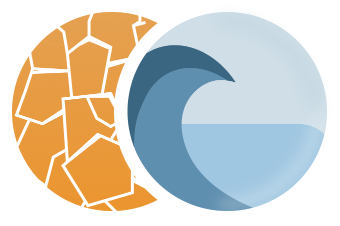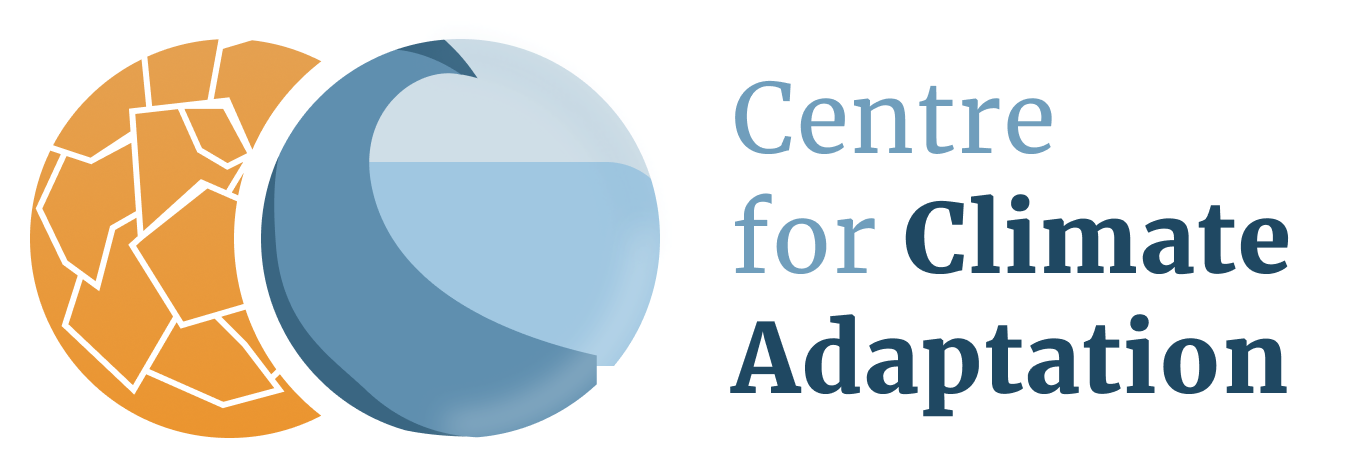Estonia
Coastal erosion
Vulnerabilities
Estonia has a long (3,800 km) coastline due to numerous peninsulas, bays and islands (over 1,500). It has large untouched bogs (ca 15% of territory), a large number of lakes (ca 1,450) and rivers, and a very flat relief (almost two thirds of the territory lies less than 50 m above sea level). The highest point is Suur Munamägi, 317 m above sea level). It has limestone cliffs all along the Nordic coastline of the mainland and largest islands (3). A number of shore types can be distinguished along the Estonian coast: cliffs (5%), scarps (short sections between other shore types), till (35%), gravel (11%), sand (16%), silt (31%) and artificial (2%; breakwaters, protecting walls, berms) (1).
Tides are negligible (< 5 cm) but wind-induced storm surges can range over 4 m in Estonia, 3 m on the southern coast of the Gulf of Riga and over 2 m on the open Baltic Sea coast (2).
Owing to its flat and low-lying coastal zone, which is experiencing isostatic and tectonic uplift, the development of the coast should be stable, although activation of coastal processes has been observed in Estonia for the last 20-30 years. Researchers relate the extensive erosion and alteration of depositional coasts, such as sandy beaches, to the recent increased storminess in the eastern Baltic Sea (4,8) and the decline in the occurrence of sea ice (8). The annual maximum sea level on the Estonian west coast has increased during the last decade. Fewer storms seemingly affect the coast but in western Estonia they have become significantly more intense (1). The current rate of coastal change in this area is many times higher than in the 1950s. In autumn and winter, the westerly and south-westerly storm winds can raise the sea level to 2.6 m above the summer level (8).
The decreasing rate at which shore processes are occurring on the northern coast of Estonia and the increasing rate at which such processes are occurring in western Estonia have been documented and related to a northward shift of the cyclone trajectories in recent decades resulting in a reduction of northerlies and an increase in westerlies (11).
Due to a long coastline and extensive low-lying coastal areas, global climate change through sea-level rise will strongly affect the territory of Estonia. A number of valuable natural ecosystems will be in danger. These include both marine and terrestrial systems containing rare plant communities and suitable breeding places for birds. Most sandy beaches high in recreational value will disappear. However, isostatic land uplift and the location of coastal settlements at a distance from the present coastline reduce the rate of risk (5).
Storm data were related to the most significant recorded coastal change events. According to the researchers, the most marked coastal changes in Estonia result from a combination of strong storms, high sea-levels induced by storm surge, ice free seas and unfrozen sediments, all of which enhance erosion and transport of sediments above the mean sea-level and inland the mean coastline (4,10).
An analysis of shoreline changes shows that shore processes have intensified over the last 20 years, the majority of the changes occurring during stormy periods. Shoreline changes have been 4–10 times greater in recent decades than before. The intensification of shore processes is well correlated with the increased annual storminess and the higher sea levels but also with the absence of ice cover near the coast in recent decades. This combination induces intense erosion and transport of sediments above the mean sea level and the mean shoreline, leading to substantial changes in coastal morphology that persist for years or even decades (3).
Frequency of storm days varied greatly during the second half of the 20th century with a minimum in the 1960s and a maximum during the last two decades. The increase during the last two decades is probably associated with increased westerly’s and cyclonic activity in Northern Atlantic in winter resulting in warmer winters in northern Europe and an ice-free Baltic Sea near the Estonian coast (4).
It can be concluded that an extremely strong storm event like Gudrun in January 2005 may cause substantially larger changes to the depositional shores in west Estonia than all of the storms over the entire preceding 10-15 years (6).
A 1-m global sea-level rise would result in considerable change in coastal ecosystems and would lead to significant economic risk across the different regions of Estonia. Increasing erosion and changes in sedimentation would seriously unbalance sandy beaches and dunes, particularly in south-western and north-eastern Estonia, leading to a negative impact on recreation. In the western part of Estonia (including the large islands), direct destruction of the coast would not be as great. Although seashore plant and animal communities could migrate inland, the interaction of changing water level and land use would result in the decrease of species variety. Here, the economic consequences would be greatest in urban areas, particularly in Tallinn and Pdrnu, the most important summer resort, where roads and buildings are often close to the present shoreline and where the topography is low and flat (8).
In the case of a 1.0 m sea level rise by 2100, which is maximum scenario at present, the longest coastline section recession (6.4 km) would occur on the western coast of the mainland where extensive areas of reed bed and flooded meadows would relocate landwards or disappear. Possible damages in Tallinn, the capital city, would be the greatest compared to the other study areas. The greatest threat to the environment of the Gulf of Finland and the whole Baltic Sea is the dumping site of the former uranium enrichment plant in Sillamäe which is situated very close to the coastline and can be easily influenced during storms (5,8). This dumping site is separated from the sea by a narrow dam. Thousands of tonnes of radioactive substances containing 238U, 232Th, and 226Ra leak annually from the site into the soil and sea. Sea-level rise and stronger storms would jeopardise the efficiency of the dam and could result in catastrophic pollution of the Gulf of Finland (9).
All countries along the southern Baltic seashore suffer from coastal erosion (7):
- In Denmark, the most visible erosion has taken place at capes and cliffs, with cliff erosion amounting to 0.2–0.5 m/year on average.
- On the German coast, major erosion takes place at capes and cliffs in the region of Kiel Bay (on average, 0.3–0.4 m/year), on the islands of Rügen and Usedom, and east of Rostock.
- On the Polish coast, the average coastal retreat in the period 1875–1979 was 0.12 m/year, increasing to 0.5 m/year in the period 1960–1983, and 0.9 m/year in 1971–1983. Erosion processes are now present over 74% of the Polish coast. Owing to this, coastal defense structures have been erected along 26% of the Polish coast.
- In Latvia, over the past 50–60 years, long-term cliff erosion has occurred at the rate of 0.5–0.6 m/year, reaching a maximum of 1–1.5 m/year along certain stretches of the coast. Since 1980/1981, the rates of erosion along the Latvian coast have increased to 1.5–4 m/year. A similar situation has also been observed along the coast of Lithuania.
- In Estonia, there has been increased activity of both erosion and accumulation processes in recent decades.
Adaptation strategies
Seawall construction and beach nourishment are two options that could prevent coastal land loss in Estonia (9).
In the case of a 1 m sea level rise, coastal cities of Estonia would need extended seawalls, dikes, and groynes to ensure effective protection and avoid socioeconomic damage. The most practical option to preserve unique and valuable natural ecosystems in the west Estonian archipelago and the west Estonian plain would be to artificially reinforce the headlands. This would help to avoid straightening of the shoreline and protect the biotopes of rare plant species and communities but would also result in enhanced erosion of bays. In areas where this option is impractical, loss of unique ecosystems appears inevitable (9).
In the case of a 1 m sea level rise, beach nourishment for Estonia's sandy beaches would be needed on the western coast of Hiiumaa, the south-western coast of Saaremaa, the southern part of the Pfirnu-Ikla study area, and in limited sections along the northern coast of Estonia. However, this is an expensive adaptation option and is most likely to be applied where highly developed and economically efficient recreational facilities exist (9).
There are no recent major projects along the Estonian coast concerning coastal erosion (1).
References
The references below are cited in full in a separate map 'References'. Please click here if you are looking for the full references for Estonia.
- Tonisson et al. (2013)
- Eberhards (2003), in: Tonisson et al. (2013)
- Ministry of the Environment of Estonia (2009)
- Orviku et al. (2003)
- Kont et al. (2003)
- Kont et al. (2007)
- HELCOM (2007)
- Kont et al. (2008)
- KontT et al. (1996b), in: Kont et al. (2008)
- Orviku et al. (2009)
- Tõnisson et al. (2011)




